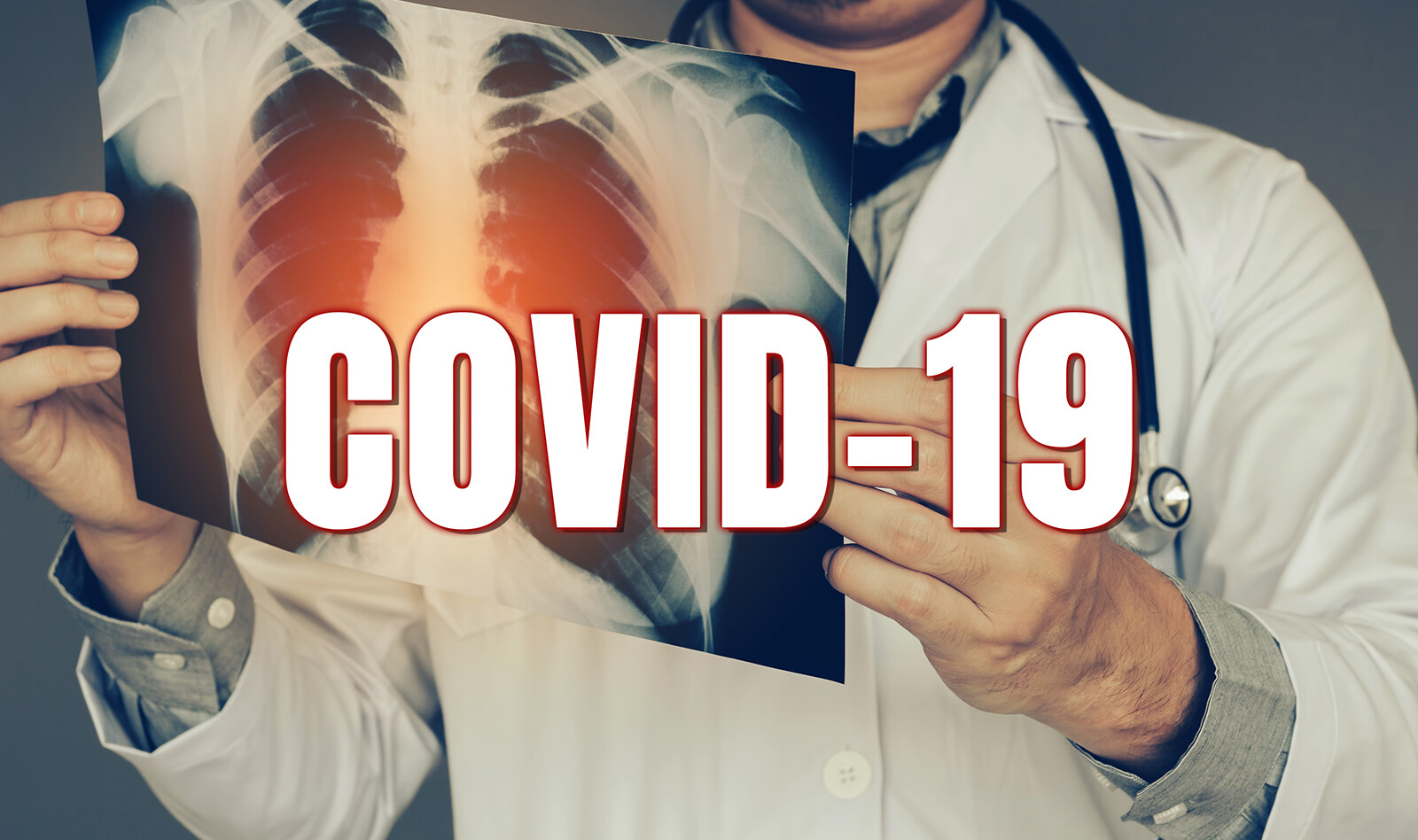ECHOCARDIOGRAPHY IN COVID-19 • The Predictive Role of Combined Cardiac and Lung Ultrasound in Coronavirus Disease 2019
Source: J Am Soc Echocardiogr 2021;34:642-52
BACKGROUND
Despite the recognition of the prognostic significance and clinical implications of the cardiac complications of coronavirus disease 2019 (COVID-19), both the European Association of Cardiovascular Imaging and the American Society of Echocardiography recommend limiting the echocardiographic assessment of patients with COVID-19 to a ‘‘focused cardiac ultrasound (FoCUS) approach’’ to reduce the exposure of medical personnel and thus decrease their risk for contamination.
Furthermore, the suggested FoCUS algorithm in these consensus documents is based on expert opinion and lacks supporting outcome data.
In addition, lung ultrasound (LUS) is increasingly used as a diagnostic tool in critically ill patients and combining LUS with bedside echocardiography may allow for a rapid and thorough assessment of both the cardiovascular and respiratory status of critically ill patients.
Therefore, the aims of the study were to:
- Identify echocardiographic and LUS features that are useful in risk stratification of hospitalized patients with COVID-19
- Assess the adjunctive use and added value of these tests, on top of routine clinical parameters and risk
METHODS
This was a prospective program where LUS and comprehensive echocardiography were performed on admission within 24 h of admission for all patients presenting with respiratory illness due to coronavirus infection, irrespective of clinical indication. 200 consecutive adult patients with diagnosis of COVID-19 older than 18 years of age with were studied.
Echocardiography
Echocardiography was performed in a standard manner by cardiologists with expertise in echocardiography. Due to safety concerns, electrocardiographic monitoring during imaging was omitted, and all measurements were performed offline to reduce exposure time and contamination. Analysis of all echocardiographic findings was performed by a senior cardiologist with expertise in echocardiography. Suboptimal image quality was identified in 22 patients (11%), but all examinations were diagnostic. A whole set of left and right heart measurements were recorded.
Lung Ultrasound
LUS was performed on all patients using a six-zone method for each lung, including a scan of the anterior, anterolateral, and posterolateral aspects of the thorax. Examinations were performed by cardiologists with expertise in LUS recording and interpretation using the same equipment and the same phased-array probe used for echocardiography. A standard point scoring system was used for each region and ultrasound pattern.
Follow-Up and Outcomes
Clinical follow-up was obtained prospectively. Outcome analysis started at the time of baseline echocardiographic and LUS examination. The study end points were (1) all-cause mortality, (2) need for invasive mechanical ventilation, and (3) the composite event of death or need for invasive mechanical ventilation (excluding patients already invasively mechanically ventilated during the baseline ultrasound examination).
RESULTS
200 patients were included in the final analysis. At the time of baseline echocardiographic and LUS evaluation, 133 patients had mild or moderate disease (all with oxygen saturation $ 94% on room air), 47 patients had severe disease (need for noninvasive oxygen supplementation), and 20 patients had critical disease (need for mechanical ventilation, vasopressors, or extracorporeal life support).
The median follow-up was 59 days, with an interquartile range of 12 to 86 days. A total of 29 patients (14.5%) died, and 43 (21.5%) reached the composite end point. In a univariant analysis, echocardiographic parameters significantly associated with higher rates of both mortality and the composite end point were LVEF < 50%, stroke volume index (SVI), pulmonic flow acceleration time (PAT), and TAPSE. Increased LUS score, presence of pleural effusion, and pleural thickening at baseline LUS were each associated with higher rates of both mortality and the composite end point.
In a multivariant analysis, SVI and TAPSE were the only echocardiographic parameters independently associated with mortality. The addition of LUS score consecutively to the echocardiographic multivariate analysis for mortality resulted in improved prediction. SVI, TAPSE, and PAT were the only echocardiographic parameters independently associated with the composite event. The addition of LUS score to the echocardiographic multivariate analysis for the composite event resulted in improved prediction.
Added Value of Combined Lung and Echocardiographic Evaluation to Clinical Scores
Addition of TAPSE and SVI improved the prediction of mortality when added to SOFA score or clinical variables but not when added to modified early warning score (MEWS). LUS did not have additive predictive value for mortality on top of clinical and echocardiographic parameters. The addition of echocardiography, so patients were categorized as high risk only if having both high- risk MEWS and high-risk imaging features, reclassified more individuals without events as low risk and improved specificity, positive predictive value, and accuracy of the models compared with MEWS alone. The addition of either LUS or echocardiography, so patients were categorized as high risk if having either high-risk MEWS or high-risk imaging features, reclassified more individuals with events as high risk, increasing sensitivity, but came with the expense of decreasing accuracy, specificity, and positive predictive value.
CONCLUSIONS
In this study, the authors describe a cohort of combined echocardiographic and LUS studies in patients with COVID-19.
To achieve maximal clinical value for risk stratification, the authors concluded that very limited echocardiographic examination is needed in patients with high-risk clinical criteria.
LUS is possibly useful for identifying individuals at risk for mechanical ventilation but not useful for prediction of mortality above clinical and echocardiographic criteria.
The authors also concluded that the MEWS provides most of the prognostic information needed for risk assessment.
 English
English
 Español
Español 

